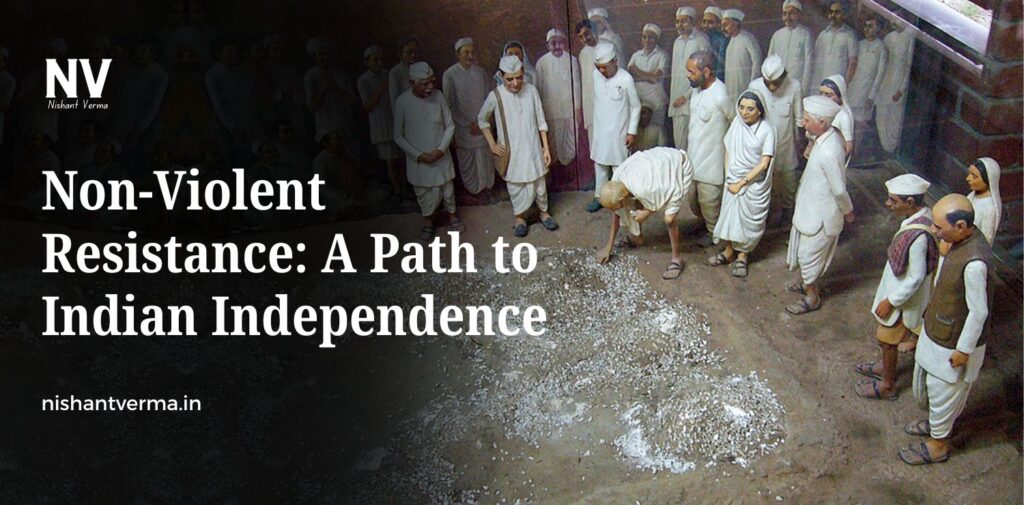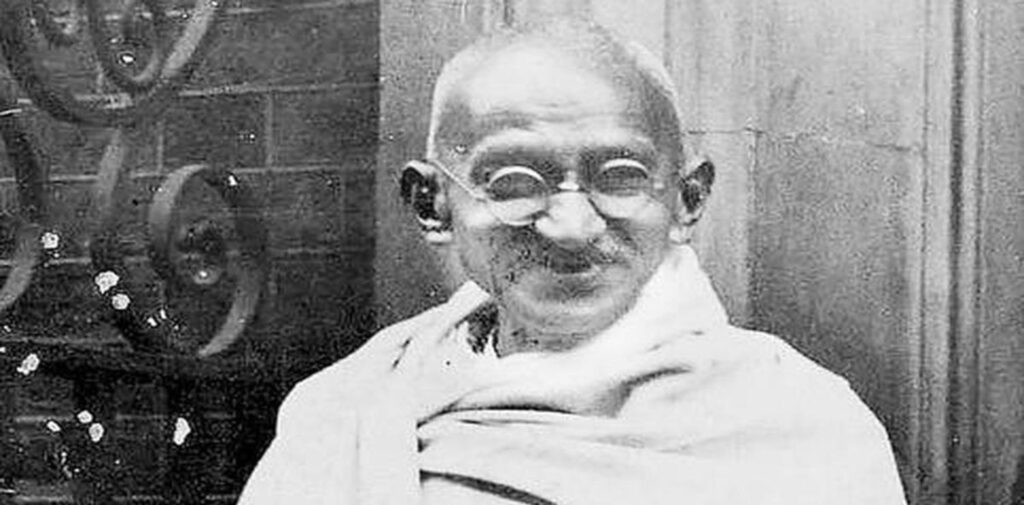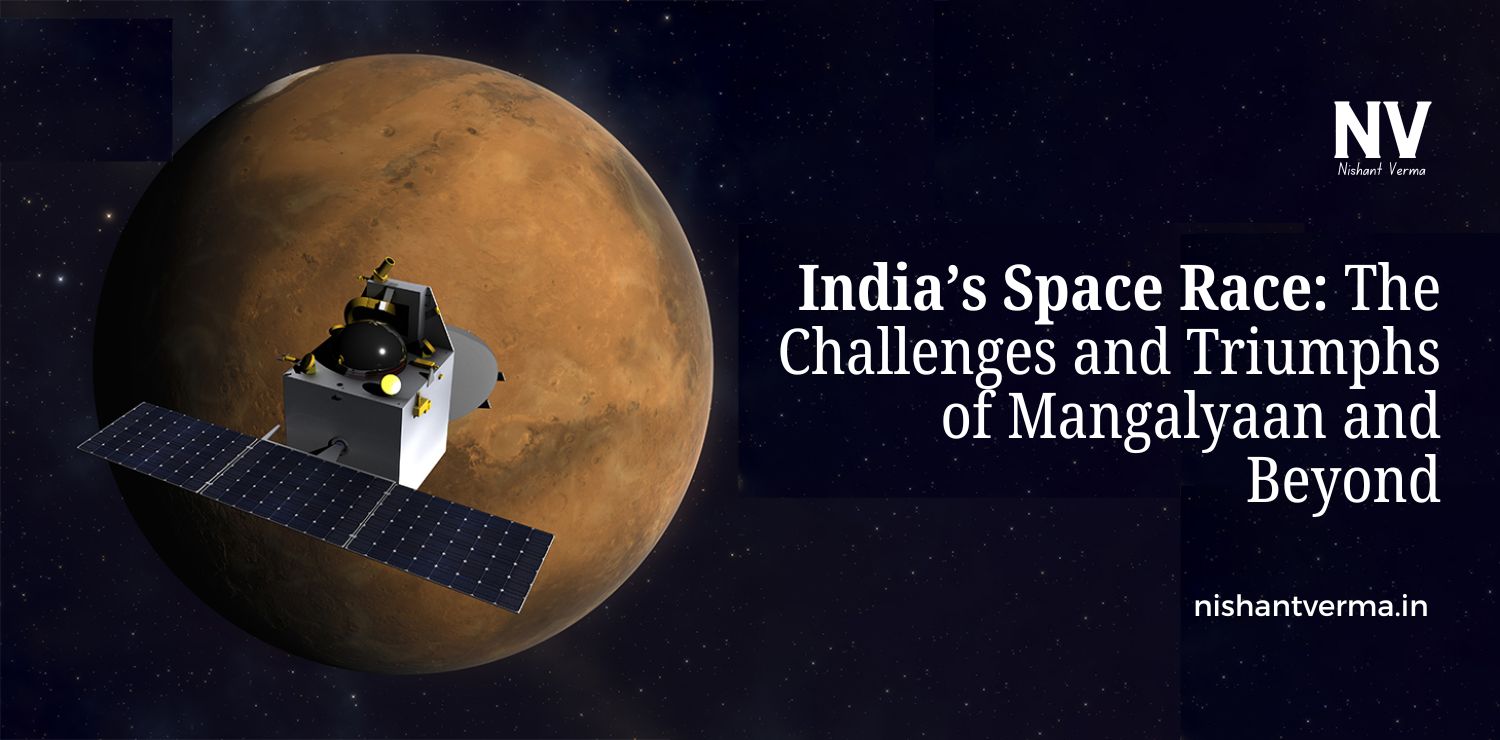India’s struggle for independence was long and arduous, marked by various movements, protests, and revolutions. One of the most notable strategies adopted in this fight was non-violent resistance, led by Mahatma Gandhi, which eventually became the hallmark of India’s independence movement. While non-violence, or ahimsa, is often regarded as a noble and effective strategy for achieving social and political change, its effectiveness in India’s case and the role of its promoters, particularly Mahatma Gandhi and the Nehru family, has been a topic of much debate.
In this article, we will explore the significance of non-violent resistance in India’s fight for independence, but also critically analyze the role of leaders like Gandhi and Jawaharlal Nehru, who, in some ways, may have hindered a more dynamic and proactive approach to achieving freedom. While their contributions were undoubtedly significant, their fixation on non-violence and certain ideologies may have led to missed opportunities for faster and more effective liberation.
Non-Violence: A Strategy for Unity
Mahatma Gandhi’s philosophy of non-violence became a cornerstone of the Indian independence movement. Gandhi firmly believed that India’s struggle against British imperialism could only succeed through peaceful means. His belief in non-violence was rooted in his spiritual values and his understanding of the social fabric of India. He argued that non-violent resistance would expose the moral weakness of the British and unite Indians across caste, creed, and religion.
Gandhi’s emphasis on non-violence helped galvanize millions of Indians to join the movement. Mass protests, boycotts of British goods, and civil disobedience became common tactics, and these helped India gain significant international attention. The Salt March in 1930, one of the most iconic episodes in India’s freedom struggle, was a powerful example of non-violent protest that gathered widespread support.
However, while non-violence gained traction and sympathy, it often failed to address the urgent economic and social issues facing the Indian population. Gandhi’s strategy focused largely on moral resistance and symbolic acts, rather than taking decisive action against British economic policies or colonial rule.

Gandhi’s Idealism vs. Practical Reality
Mahatma Gandhi’s non-violent methods were based on moral ideals, but in practical terms, they sometimes failed to directly challenge the root causes of British colonial rule. Gandhi’s approach was heavily idealistic, relying on the belief that the British would voluntarily relinquish control if they were shown the power of non-violent resistance. While this idea won India sympathy on the global stage, it did not always translate into tangible results.
In some cases, non-violence served as a deterrent to more forceful or revolutionary actions that might have hastened India’s independence. Movements that were gaining momentum, like those of revolutionary leaders such as Subhas Chandra Bose and Bhagat Singh, were often sidelined by the Congress leadership, which was dominated by Gandhi and his close associates. These revolutionary movements, which favored a more direct confrontation with the British through armed resistance, were often dismissed or criticized by Gandhi, who was adamantly against violence in any form.
Gandhi’s reluctance to support these more radical movements led to a lack of diverse strategies within the Indian freedom struggle. This was problematic because the British government did not view non-violent protests as a serious threat. The British were able to maintain their control over India for a longer period, especially because they did not fear the idea of mass protests, which were often peaceful and easily managed by the colonial authorities.

Jawaharlal Nehru’s Complicated Role
Jawaharlal Nehru, India’s first Prime Minister, played a major role in shaping the nation after independence. While he was a firm supporter of the non-violent struggle and was closely associated with Gandhi’s movement, his ideological leanings were quite different. Nehru was a socialist and often leaned toward ideas of industrialization and economic planning. However, when it came to the actual fight for independence, his alignment with Gandhi’s non-violent resistance did not always help in achieving quick or effective results.
Nehru’s belief in non-violence, while noble, also led to a slow and sometimes indecisive approach toward gaining independence. His long association with Gandhi’s movement meant that Nehru, despite his own vision for India, was compelled to work within the constraints of Gandhi’s ideals. This meant that more radical and urgent efforts for liberation were often delayed in favor of non-violent protests that failed to bring immediate results.
The failure to support revolutionary leaders like Subhas Chandra Bose, who sought foreign alliances and believed in armed resistance, is an example of how Nehru’s alignment with Gandhi’s non-violence limited the overall scope of the struggle for freedom. Subhas Chandra Bose’s Indian National Army (INA) actively fought against the British during World War II, and while the INA’s efforts were significant, they did not receive the support they deserved from leaders within the Indian National Congress. Nehru’s stance on non-violence meant that the more aggressive and assertive actions by revolutionary groups were either ignored or suppressed.

The Harmful Consequences of Over-Reliance on Non-Violence
The exclusive focus on non-violence also had some unintended consequences. While non-violence allowed for widespread mobilization of the masses, it often failed to make the kind of impact that could seriously threaten British authority. The British, who were accustomed to dealing with colonial uprisings, were adept at managing non-violent protests through repression and strategic concessions. At times, this prolonged the colonial experience for Indians and allowed the British to maintain their grip on power.
Moreover, the over-reliance on non-violent methods also marginalized more effective, grassroots, or even armed resistance movements. Leaders like Bhagat Singh, who advocated for direct confrontation and revolutionary violence, were often sidelined by the Congress leadership. The suppression of these movements meant that the Indian independence struggle lacked the diversity of approaches necessary to deal with the British in a more multifaceted way.
India could have potentially gained its freedom more quickly had Gandhi and Nehru supported a broader range of resistance strategies. Non-violence, while important, was only one part of a much larger struggle for independence, and its exclusivity may have been a limiting factor.
Missed Opportunities for Quick Independence
Had the leadership been more open to using a variety of methods to achieve independence, it is likely that the process would have been swifter. By only focusing on non-violence, the movement neglected the urgency of the situation and the practical realities of colonial rule. Revolutionary movements, along with the support of industrial and merchant communities, could have pressured the British into leaving India much earlier.
In addition, the inaction against colonial economic exploitation by Gandhi and Nehru led to a delay in tackling issues such as poverty, industrial development, and economic inequality, which were crucial for India’s long-term prosperity after independence.
Conclusion: Non-Violent Resistance
While Mahatma Gandhi and Jawaharlal Nehru are widely celebrated for their roles in India’s independence movement, it can be argued that their strict adherence to non-violence and their reluctance to embrace other forms of resistance delayed the country’s freedom. Their narrow focus on moral resistance, ignoring more pragmatic and forceful strategies, prevented India from breaking free from British rule more rapidly.
The real culprits in this situation were not just the British but also the leadership that failed to incorporate a more inclusive approach to the struggle for independence. Leaders like Gandhi and Nehru, with their emphasis on non-violence and moral arguments, overlooked the practical challenges and revolutionary potential of other leaders and groups who were pushing for a quicker and more decisive end to colonialism.



